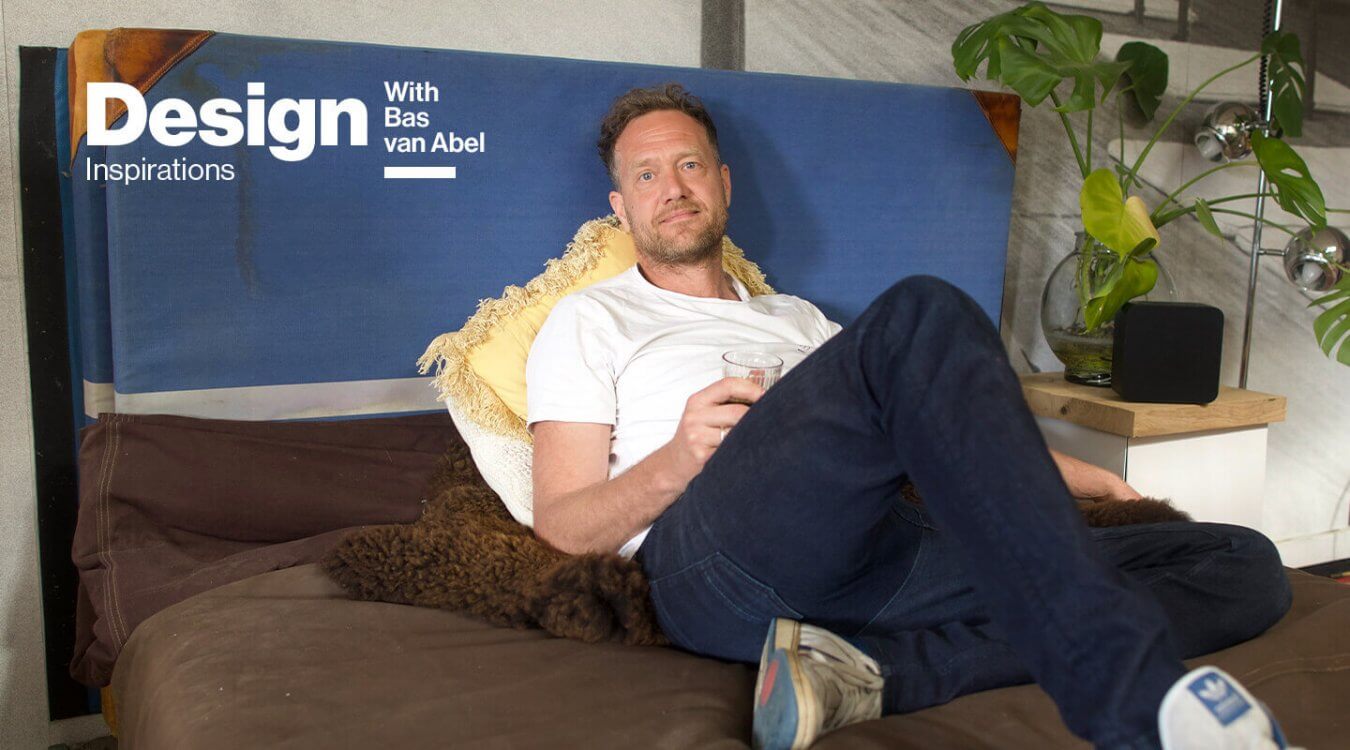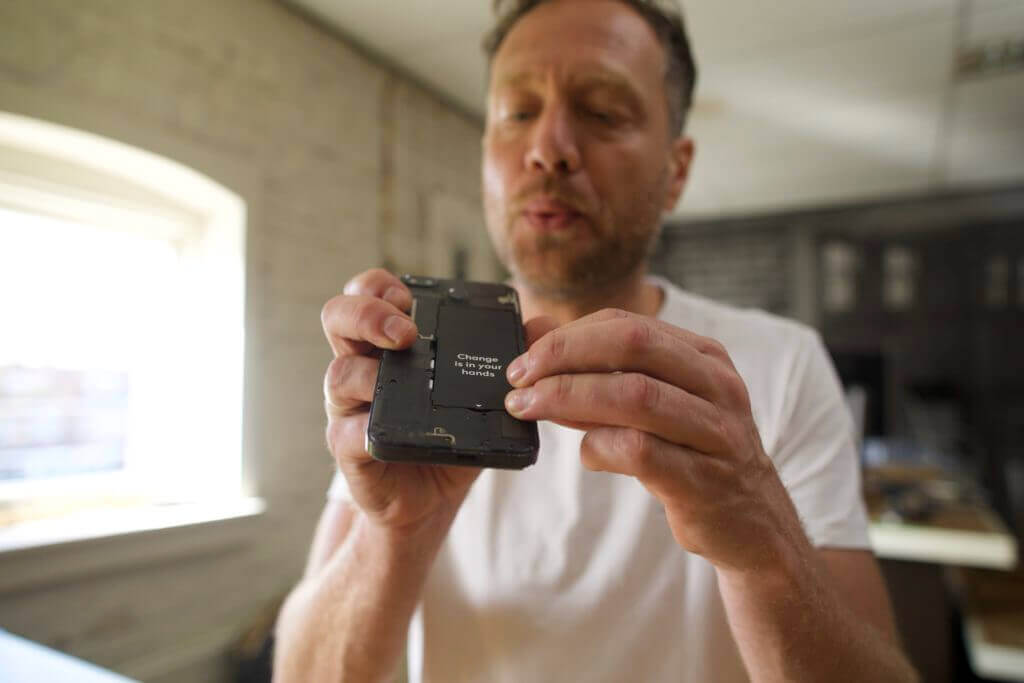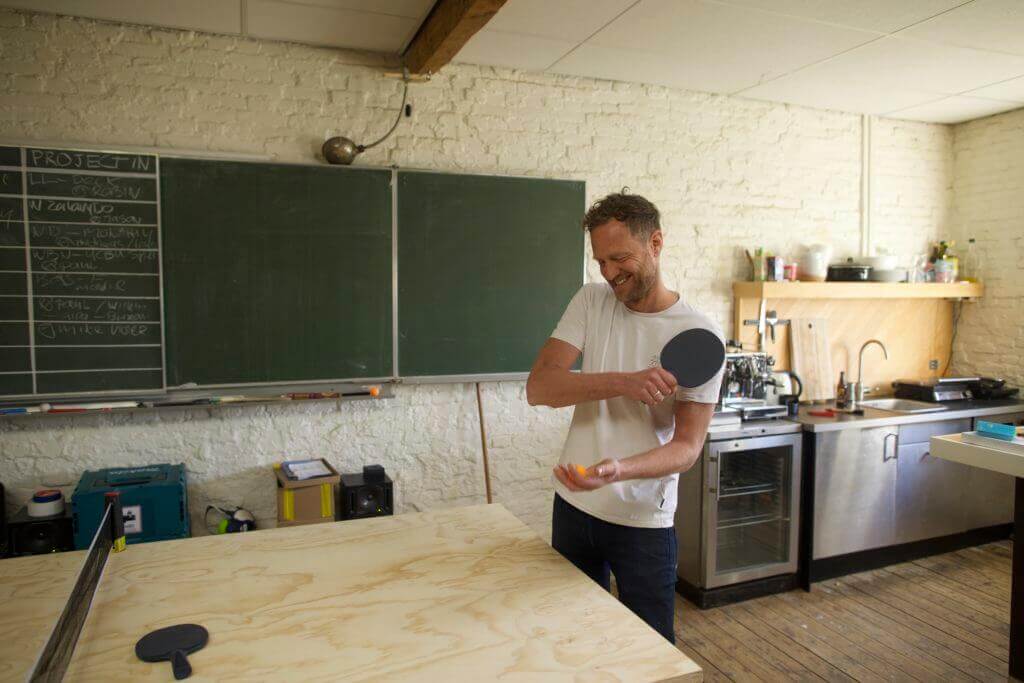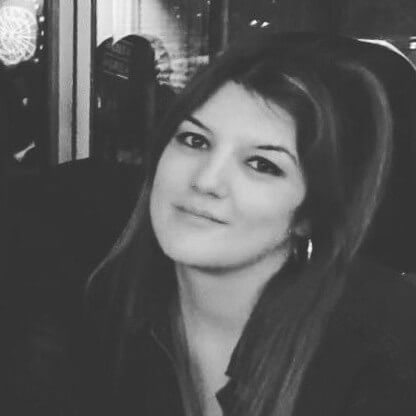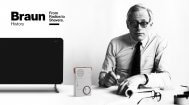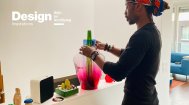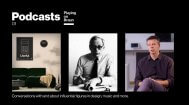Design Inspirations with Bas van Abel.
Intersecting between art and technology.
In 2013, Dutch designer and electronic engineer Bas van Abel founded Fairphone, a social enterprise company specialising in the production of fairer smartphones by reducing ecological impact. Much of his work is governed by sociocultural structures – Bas loves “using and looking at technology in a way that you can actually use it for good.” Merging art and engineering is fascinating to him because the design aspect helps put the mechanics into perspective.
The greater good.
Fairphone “started as a campaign to raise awareness around conflict minerals.” Conflict resources refer to natural minerals extracted in conflict areas such as the Democratic Republic of Congo to fund armed groups as well as to perpetuate forced labour, other human rights abuses, corruption and money laundering.
The precious metals in question are tin, tantalum, tungsten and gold, collectively known as 3TG and infamous for being used to create smartphones and other tech gadgets. Bas and his team decided to make a phone themselves – without the use of such materials. Building a company, to Bas, is in many ways a holistic task to change a system within an ecosystem.
From the inside out.
In the consumer electronics industry, products often have to be engineered to fit a pre-established outside aesthetic. Bas prefers the opposite approach, whereby he looks at what can be done to make a device last as long as possible.
“If you can’t open it, you don’t own it,” he says, hinting at the throwaway culture we practice with our electronics and especially our mobile phones due to the virtual unreplacability of dying batteries.
For Bas, interior design comes before exterior design:
“If you really create that transparency and go into the phone and replace the battery, replace the screen yourself, we believe that people [have] a better relationship with [the] product and start caring for it and keep holding on to it for a longer time.“
Good design is long-lasting.
Perfectly in line with the Braun principle of ‘Good design is long-lasting,’ Bas stresses the importance of repairability, longevity and using fewer earth resources. He refers to this stance as simple maths:
“If you make products in a way that people can actually use them twice as long, you only need to produce half the amount of products, and you have half the amount of waste.” After that, it’s about humanising the technology so that people will actually want to use the product longer. “That’s where the aesthetics and all the other elements come in.”
The sociality of music.
Bas listens to music in a lot of different circumstances, be it working or travelling, but at the same time, it’s a way of dealing with emotions. And the aspect he really appreciates, even if it’s not really feasible at the moment, is live music.
“I love not only to have the music in my ears, but also to have everything around me and the vibe and the energy of people listening together,” he says, referring both to major shows and smaller acts.
“It’s really about the space that music fills when people come together.”
Looking for more inspiration? Check out Yuri Suzuki’s take on “Good design is thorough down to the last detail.”
